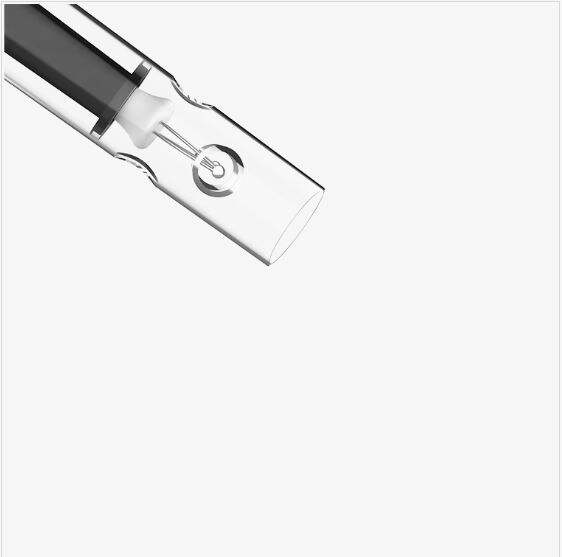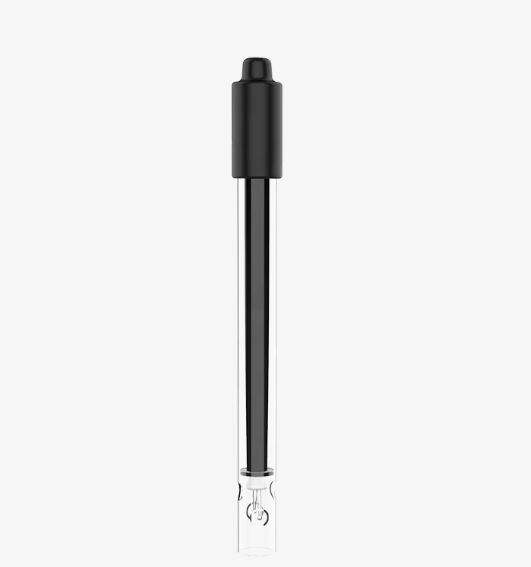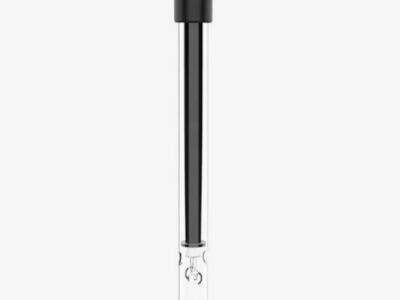Conductivity meters are really neat instruments used by scientists and researchers that allow them to get a better sense of how well a liquid can transmit an electrical current. (These meters are sometimes used in labs, such as Labtech, to examine the quality of water by studying its conductivity. However, what is a conductivity meter, and what is its working procedure?
What are conductivity meters?
Conductivity meters are instruments that can determine the ability of the liquid to conduct the electric current. They function by measuring a liquid’s electrical conductivity. This is how many charged particles, known as ions, they find in the water. The more ions present, the better the water is at conducting electricity.

From a technical point of view, how does conductivity meters work?
For conducting conductivity measurements, a conductivity meter consists of two electrodes (just like metal sticks) that are dipped inside the liquid under test. The meter can see how easily the current passes through when electricity travels through the liquid between these two electrodes. This indicates the conductivity of the water.
What is the significance of conductivity meters?
As conductivity meters are able to detect impurities and thus measure the concentration of dissolved salts and minerals in the water, they play a vital role in the monitoring of (drinking) water quality. It is critical information for ensuring that water is safe to drink, to use for farming and other purposes.
Types of conductivity meters
From handheld devices to larger laboratory machines, conductivity meters come in many shapes and sizes. Some are designed for general water testing, while others target special uses, such as monitoring the environment or at factories.
How to use conductance meters correctly?
A conductivity meter needs to be calibrated. The calibrated refers to the adjustment of the settings of the meter according to standard solutions of known conductivity. To get correct results, this is required.
Why is precision important?
When using conductivity meters even the slightest error can result in incorrect results, so precision is crucial. You must handle the meter with care and keep the electrodes clean, and you must follow use, maintenance, and calibration instructions to get accurate readings.

How to use your conductivity meter?
Using it correctly and keeping it properly maintained will ensure you get the most from your conductivity meter. Ensuring the accuracy of a pH meter requires regular calibration, cleaning the electrodes, and safe storage of the meter.
The user manual: If you have not obtained a user manual, make sure you download one so you can learn how to use the conductivity meter. Usage is as seen in the title, especially for those willing to use their conductivity meter for more than just a peak arrow.
Remember: Conductivity meters are a useful way to see how well liquids (especially H2O) conduct electricity. By understanding how these meters function and maintaining them, you can achieve accuracy in your scientific projects.
 EN
EN
 AR
AR BG
BG CS
CS DA
DA NL
NL FR
FR DE
DE EL
EL HI
HI IT
IT JA
JA KO
KO PL
PL PT
PT RO
RO RU
RU ES
ES SV
SV CA
CA TL
TL IW
IW ID
ID SR
SR SK
SK VI
VI ET
ET HU
HU TH
TH TR
TR FA
FA AF
AF MS
MS GA
GA MK
MK BN
BN BS
BS LA
LA MN
MN NE
NE

